|
Last week, I covered the external anatomy of limbs, which is often one key datapoint used to infer the lifestyle of temnospondyls - after all, limbs change quite a lot depending on whether you need to walk around on land or merely paddle in the water. But external anatomy isn't the only useful thing about a fossilized limb. Thin-sectioning, or the process of slicing a fossil or bone and making a thin section out of it for examination under a microscope allows us to examine microscopic structures that offer insights into how that bone grew. This in turn can be extrapolated to how the entire animal grew and is a powerful source of data for testing hypotheses about lifestyle and ecology more broadly. In today's post, I'll be covering histology and microanatomy, the two main attributes of the internal bone that we can derive from fossils. Microanatomy Broadly speaking, microanatomy refers to the structure and compactness of the internal bone, visible only in thin section. It differs from histology in not focusing on which tissues are doing what. You might alternatively think about it as "what does the cross section look like?" Is there a large opening in the center? Are the outer layers completely compact or are they perforated by numerous spaces? One of the advantages of bone microanatomy is that studying it doesn't require a thin section, only an exposed cross-section; this is one reason why the study of bone microanatomy in extinct animals goes back to the 19th century, well before modern thin-sectioning methods had been invented. A few key terms
So what do we know about the microanatomy of temnospondyl limbs? A fair bit! A large number of predominantly Permian and Triassic taxa have been sampled, which appear to encompass a broad range of species and ecologies. The taxa below are considered good examples of taxa with bone microanatomy that reflects a terrestrial lifestyle: an open medullary cavity and a thin to moderately thick cortex. Terrestrially inclinedConversely, below are examples of temnospondyls with microanatomy that indicates a more aquatic lifestyle: medullary cavities with a dense trabecular network throughout and a relatively thick cortext. Aquatically inclinedIt's important to note that the distinctions are not binary, and there are some taxa that are often disputed, both on account of a mix of differing signals from the microanatomy and from other anatomical features on the skeleton that conflict with a histological interpretation. For example, the two figures below (from Canoville & Chinsamy, 2015) are from Lydekkerina. I showed some sections of this taxon from another study above, in the section displaying some terrestrially inclined temnospondyls. Well, these sections do show some features associated with terrestriality like a medullary cavity free of trabeculae, but the cortex of these bones is very thick, leading to a very small medullary cavity. This cortext is what we expect for an aquatic animal. Canoville & Chinsamy favor a terrestrial lifestyle based on both external features (e.g., a prominent adductor crest, something I talked about last week) and histology (absence of calcified cartilage, something I'll talk about more below), but suggested that it preferred to live in shallow ponds and had to retain the ability to move about well on land in order to find a new pond when the last one dried up. Aggregation in ponds might explain why Lydekkerina occurs so frequently in dense, multi-individual deposits that could represent the last of the ponds.
In general, these quantitative methods align with previous concepts of temnospondyl lifestyle based on external anatomical features. Where they tend to struggle is with taxa like Lydekkerina that might have been more amphibious or that possibly underwent some kind of habitat shift during development (not necessarily metamorphosis). This was one idea put forward for the iconic temnospondyl Eryops from the Permian of Texas, which has long been debated with respect to its lifestyle. While microanatomy indicates a more aquatic animal, evidenced by extensive trabeculae in the medullary cavity, the external anatomy (e.g., well-ossified ends, prominent adductor crest and trochanter) are hallmarks of terrestriality. Sizing down. Both small temnospondyls and small modern amphibians (most of them are small) are well-known for having unusually compact cortices. There are different names for various porosities, with compact (volume of bone > 50% of pore space) and cancellous (< 50% of pore space) being the most widely applied dichotomy. Cancellous is often divided into several subcategories, ranging from fine cancellous (least porous) to trabecular (most porous). Pores are formed by a number of different internal features, most of which relate to blood vessel distribution, secondary remodeling, or bone marrow distribution in the case of bone distributed within the medullary cavity.
The unusually compact cortices of small-bodied amphibians is typically associated with their miniaturization, or prominent decrease in size from a larger ancestor (e.g., Skutchas & Stein, 2015). They thus have relatively few primary osteons (blood vasculature) and often lack secondary osteons altogether (remodeling), like in Apateon on the upper left, whereas these are common, pervasive features in larger and more metabolically active animals like the dinosaur thin sections to the upper right. The same pattern generally holds true for mammals; very small mammals tend to lack secondary osteons, and the density of these osteons increases with increased body size (e.g., Felder et al., 2017). Histology Histology can encompass microanatomy, and a lot of people use it in this way. Alternatively, it can be restricted to the specific tissues that make up different parts of the bone (or whether there are different tissues at all), which often requires more high-quality thin sections than are needed for assessing strictly microanatomy in which case a black-and-white silhouette or even just a broken surface of a bone can be sufficient. This is also where growth marks used to determine the relative age of an animal can come into play. But what can histology tell us about an animal's lifestyle? As it turns out, not that necessarily as much as we might expect. Histology can tell us a lot about a temnospondyl's general ecology, such as whether it grew fast or slow and for how long. It can tell us whether the animal experienced pronounced stress, and if so, how often and how it responded (e.g., did it entire cease growth or merely slow down, and did it do this once or twice per year). It can tell us whether the animal was mature or not. But most of this information is restricted to attributes other than whether an animal was aquatic or terrestrial. How old an animal could be doesn't necessarily tell us whether it was aquatic or not. The main study to use histological parameters to explicitly test lifestyle is Sanchez et al. (2010), which I discussed above; some of their parameters are more histological than microanatomical, such as the orientation of collagen fibers and the relative abundance of remodeling. Bone remodeling is a common phenomenon that occurs throughout an animal's life (including ours). Typically it leaves a distinct visual signature, reflecting the different nature of tissue formation, along the margin of the medullary cavity. In the image below on the left (of the Permian amphibamid Doleserpeton), the remodeling presents as what appears to be a different set of layers around the medullary cavity. The relative rate of secondarily deposited bone to that of primary bone resorption (basically the creation-destruction ratio) can lead to increased bone weight (when secondary deposition > resorption) or decreased weight (when deposition < resorption). High rates of secondary deposition are one means of adding ballast, an important physiological attribute for bottom-dwelling and shallow-water-residing animals that are trying to avoid bobbing up to the surface. The remodeling seen in Doleserpeton is typical of terrestrial taxa in which the medullary cavity remains open.
Summary Thin sections of temnospondyl limb bones are informative for inferring their lifestyle. Part of this is related to the fact that limb bones are the most frequently sectioned elements for either extinct or extant vertebrates, and as a result, there are a lot of comparative data and a lot of data correlated directly with observations of an animal's lifestyle (like watching a diving seal). But really what most people are after for making the most robust and informed inferences is the microanatomy (the configuration of tissue), not the histology (the nature of the tissue). Aspects like whether the cortex is thin or thick and how compact it is, as well as whether the medullary cavity is infilled or not, have proven to not only be informative and readily assessed, but to also correlate fairly well with other datapoints like external anatomical features.
Up next week: the shoulder! Comments are closed.
|
About the blogA blog on all things temnospondyl written by someone who spends too much time thinking about them. Covers all aspects of temnospondyl paleobiology and ongoing research (not just mine). Categories
All
Archives
January 2024
|
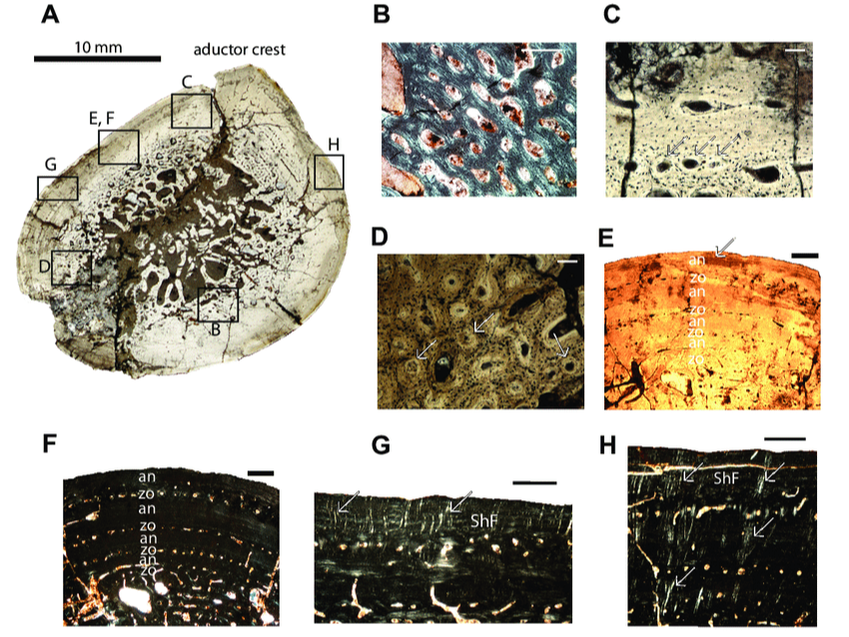
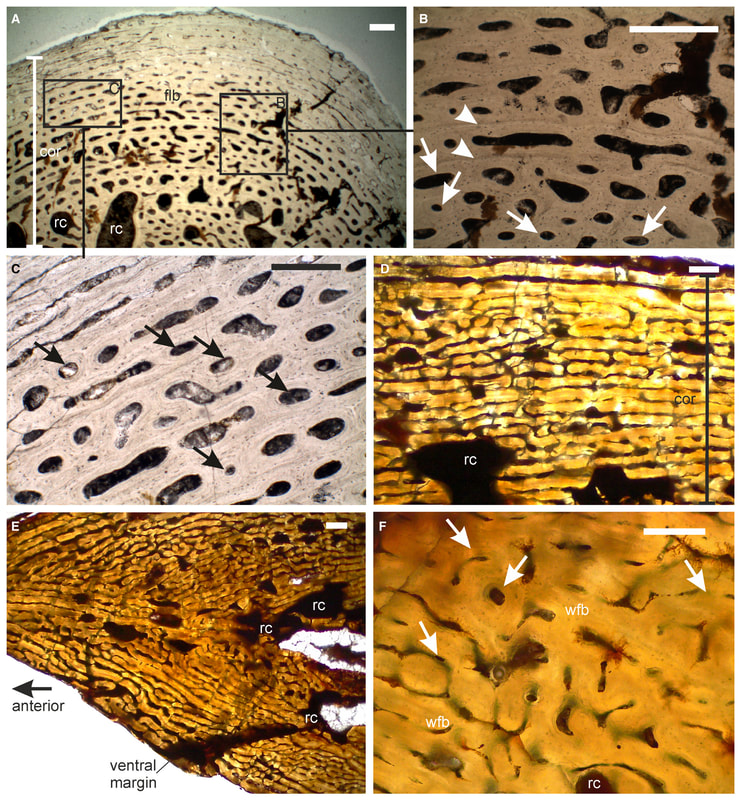
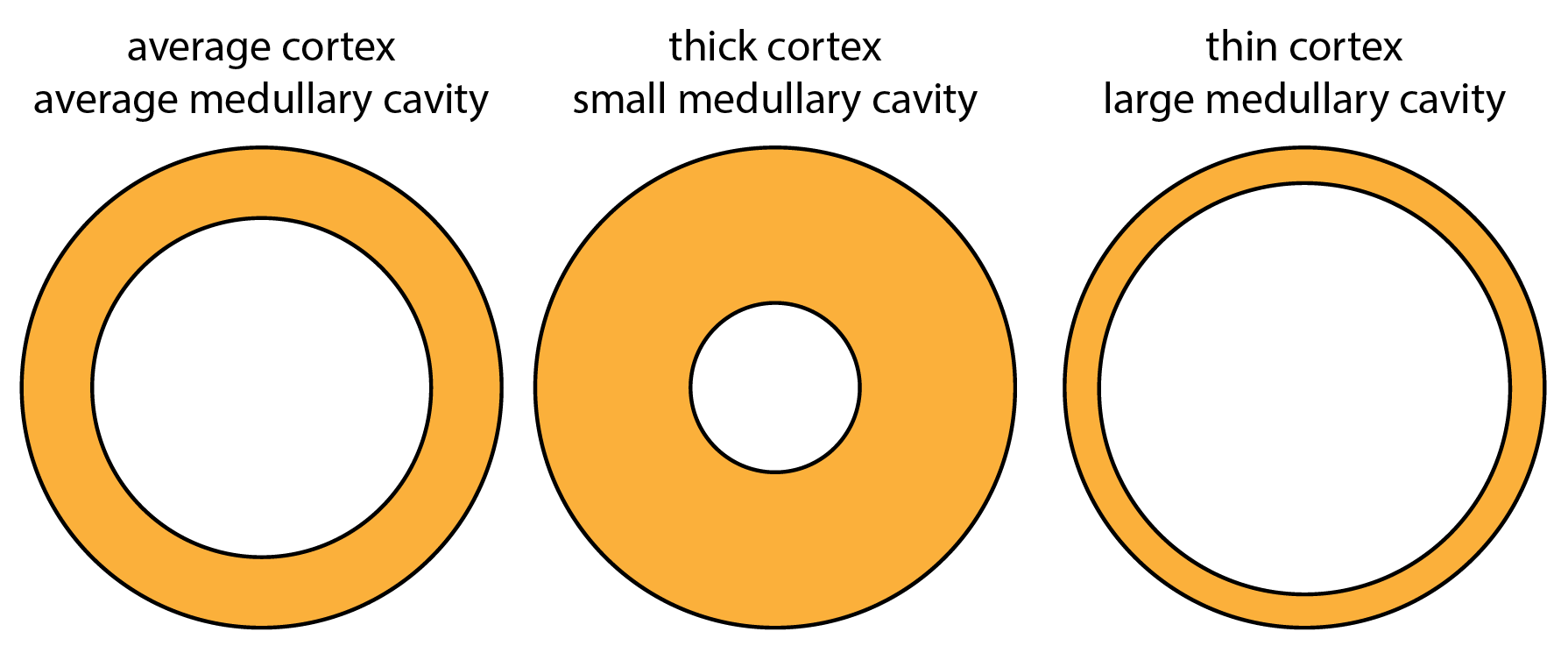
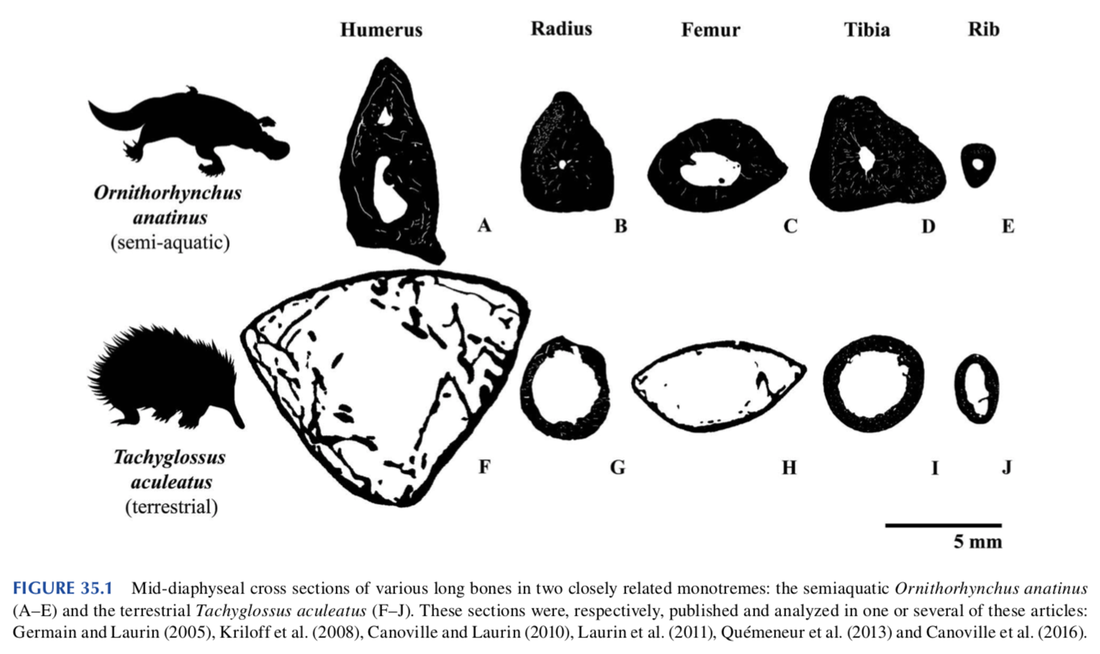
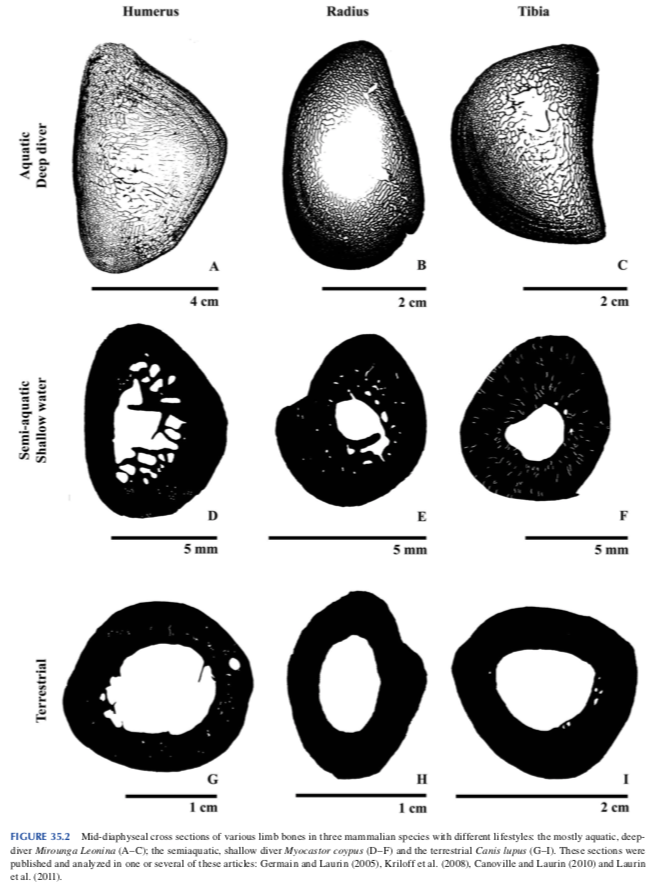
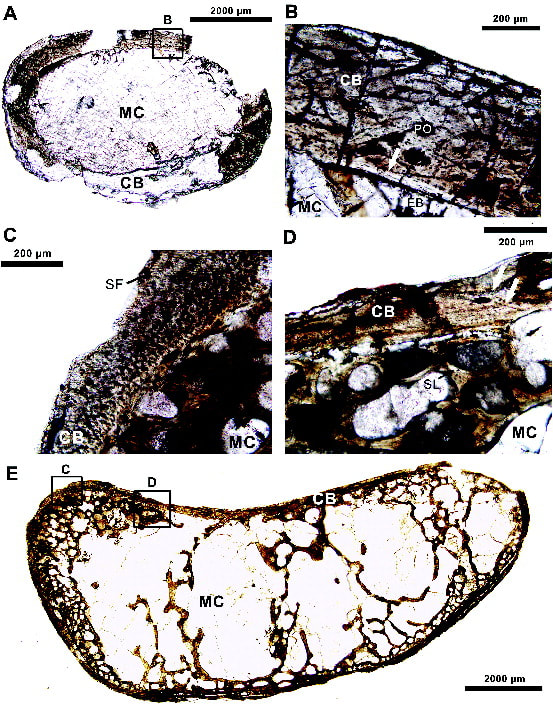
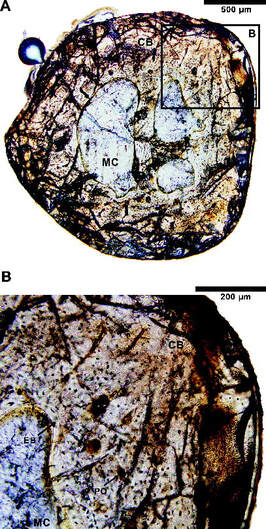
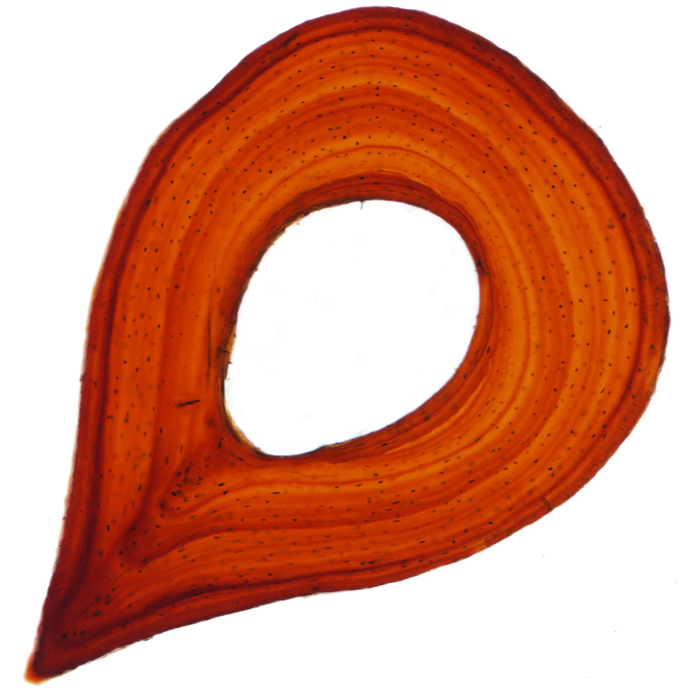
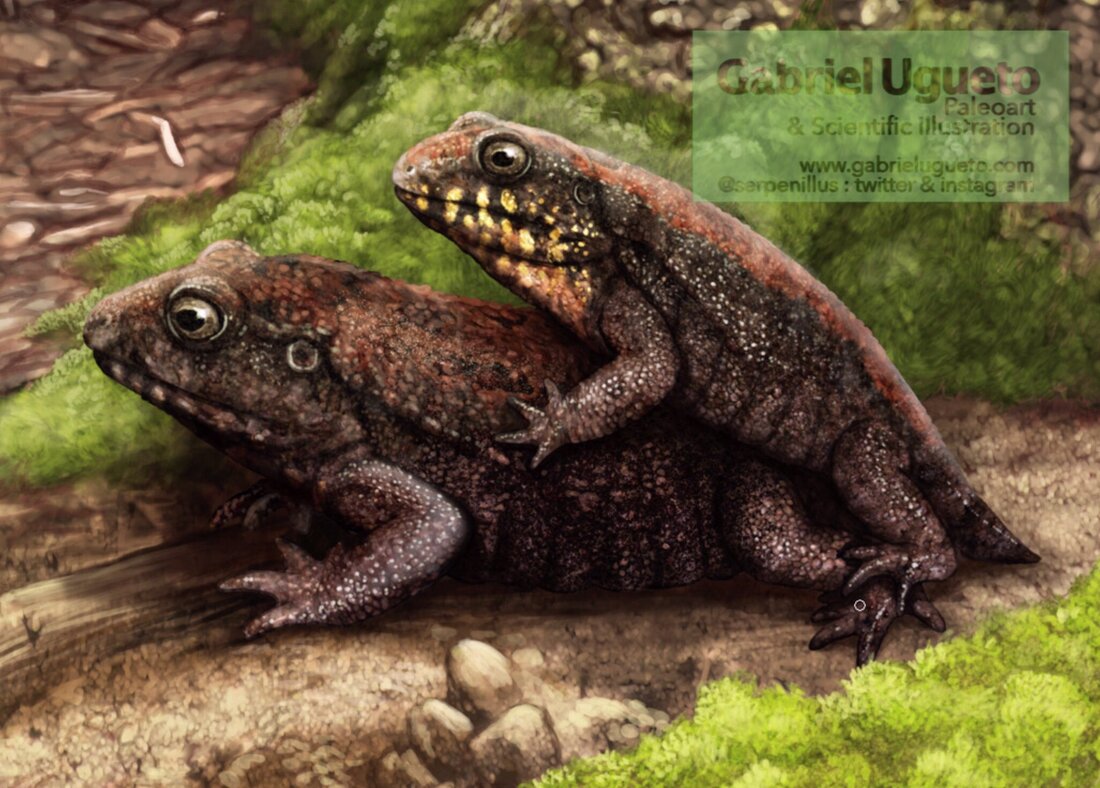
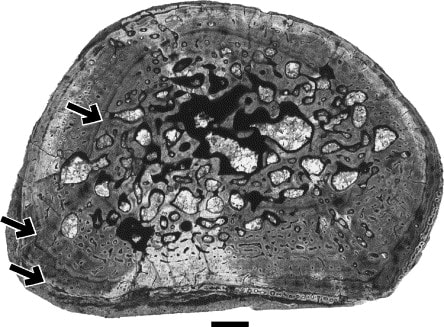
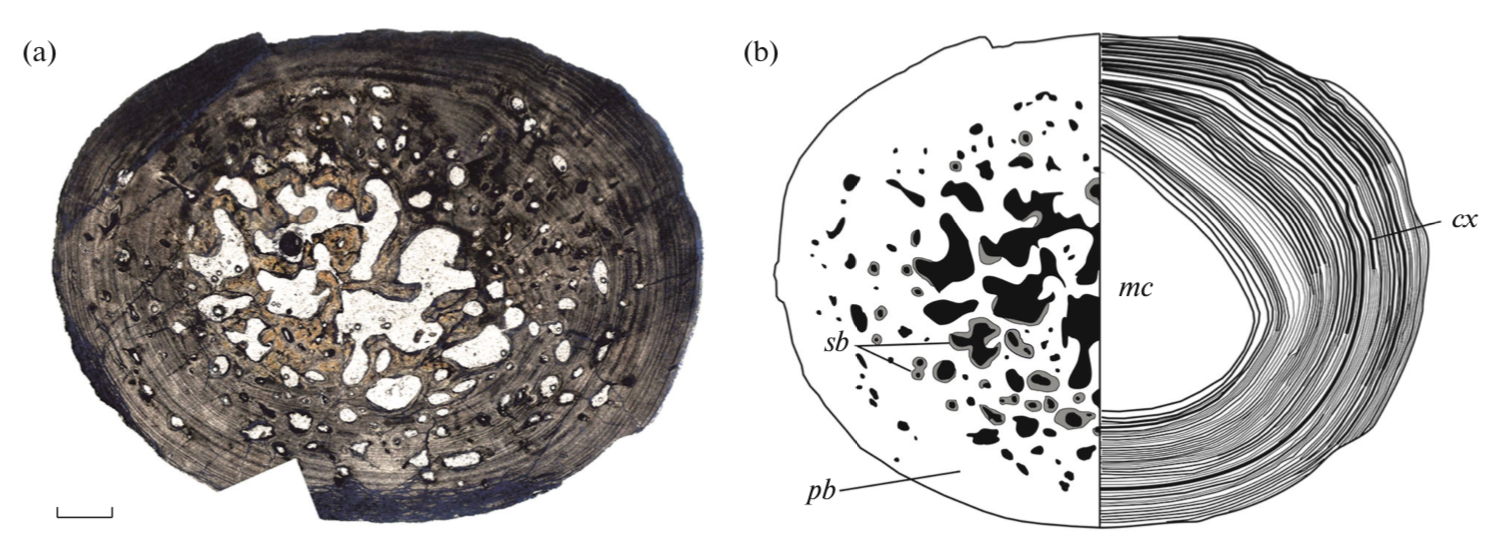
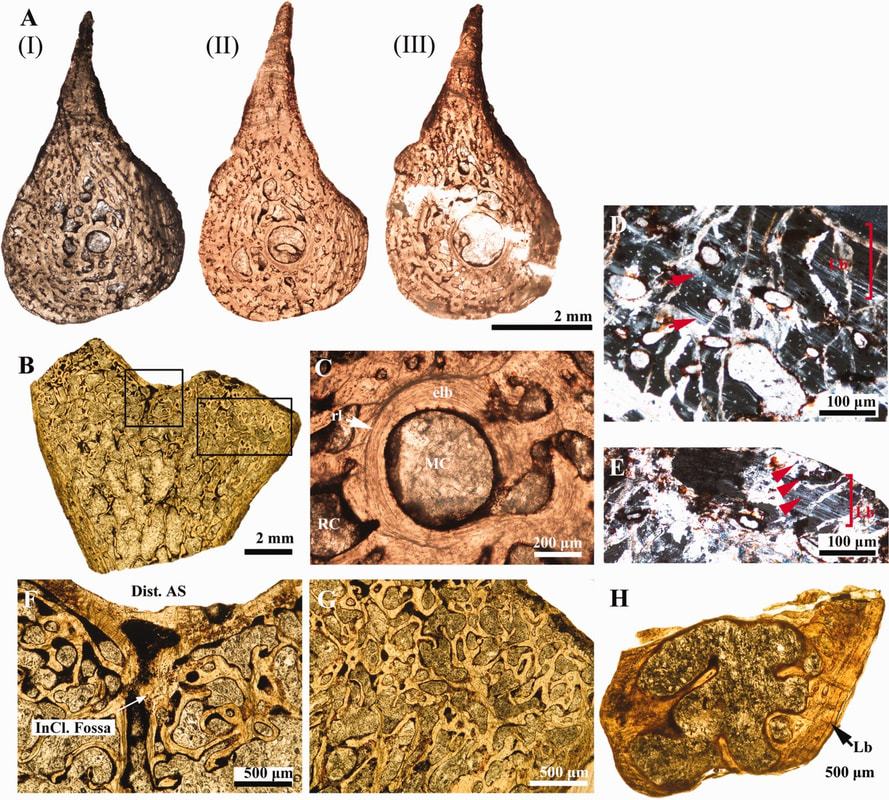
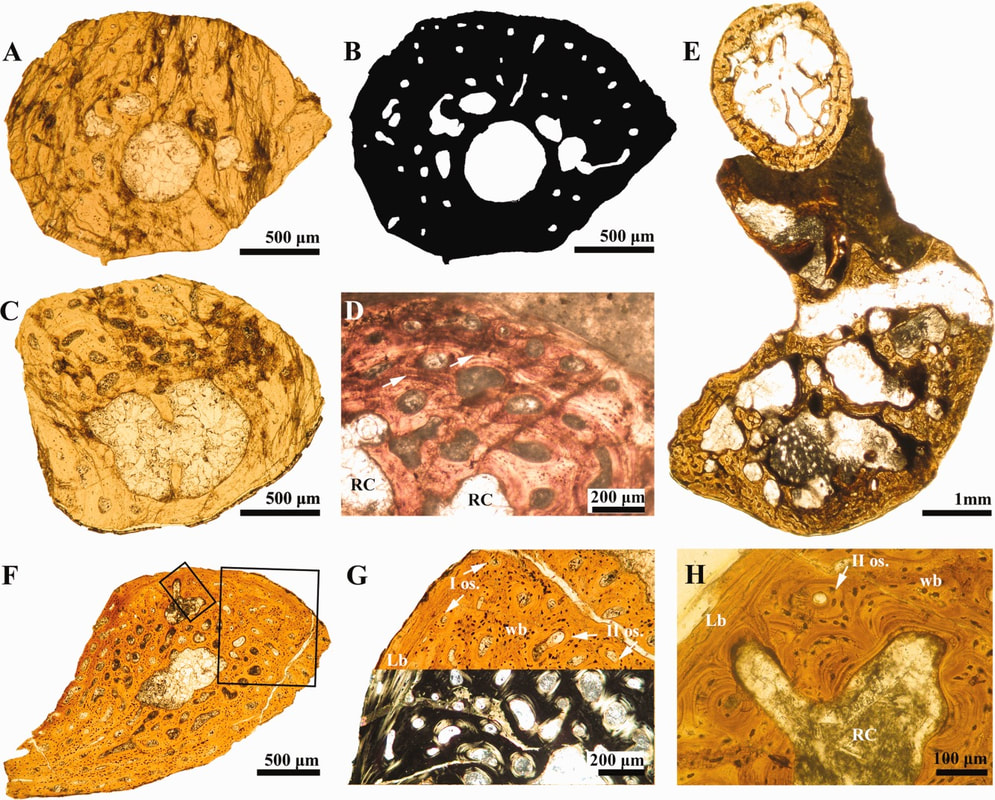
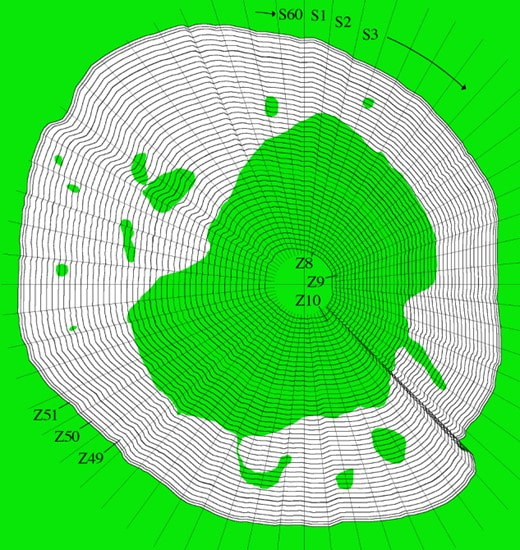

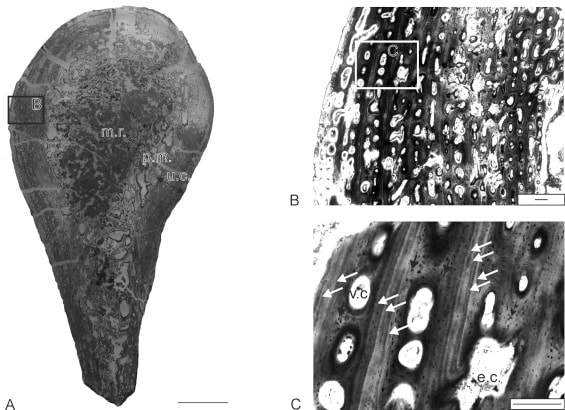
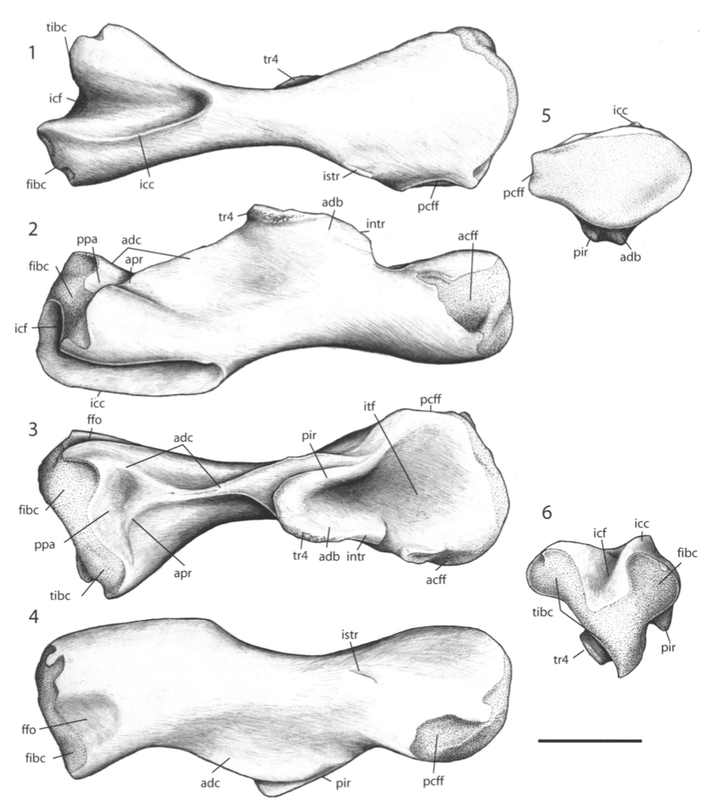
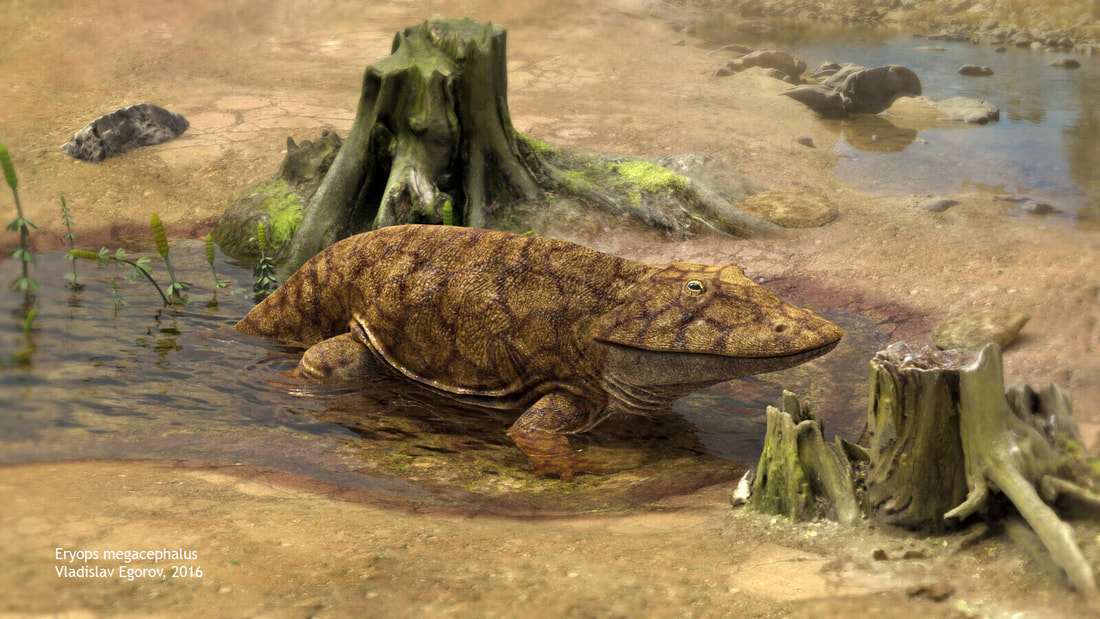
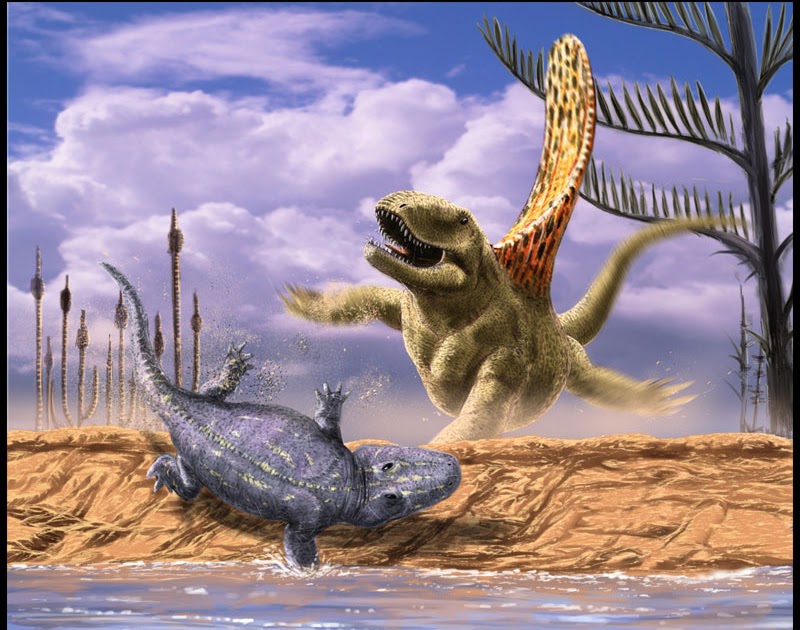
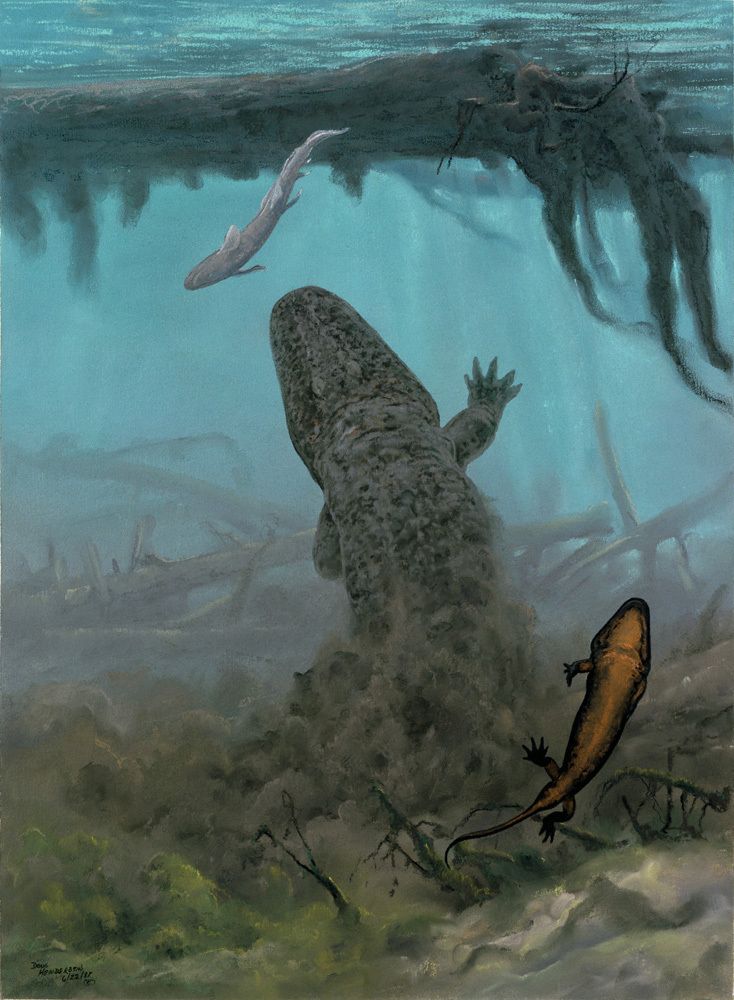
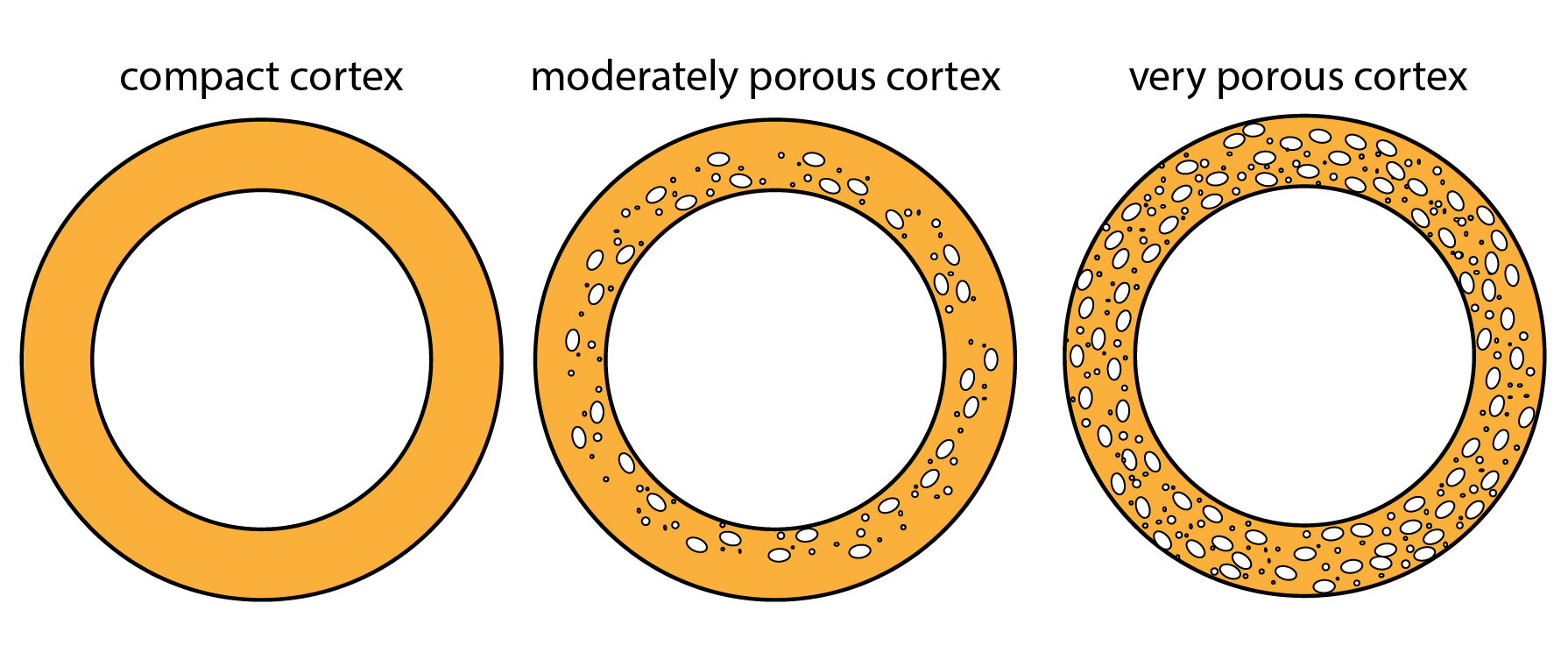
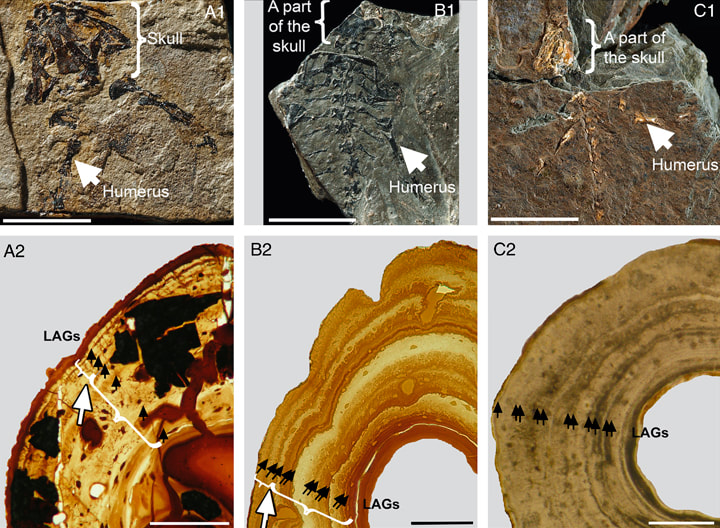
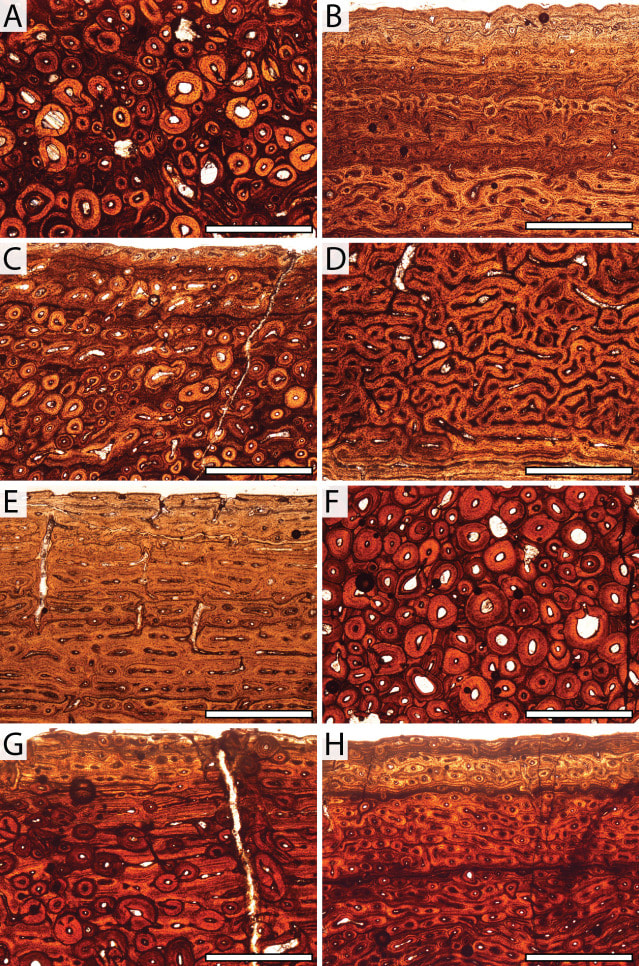
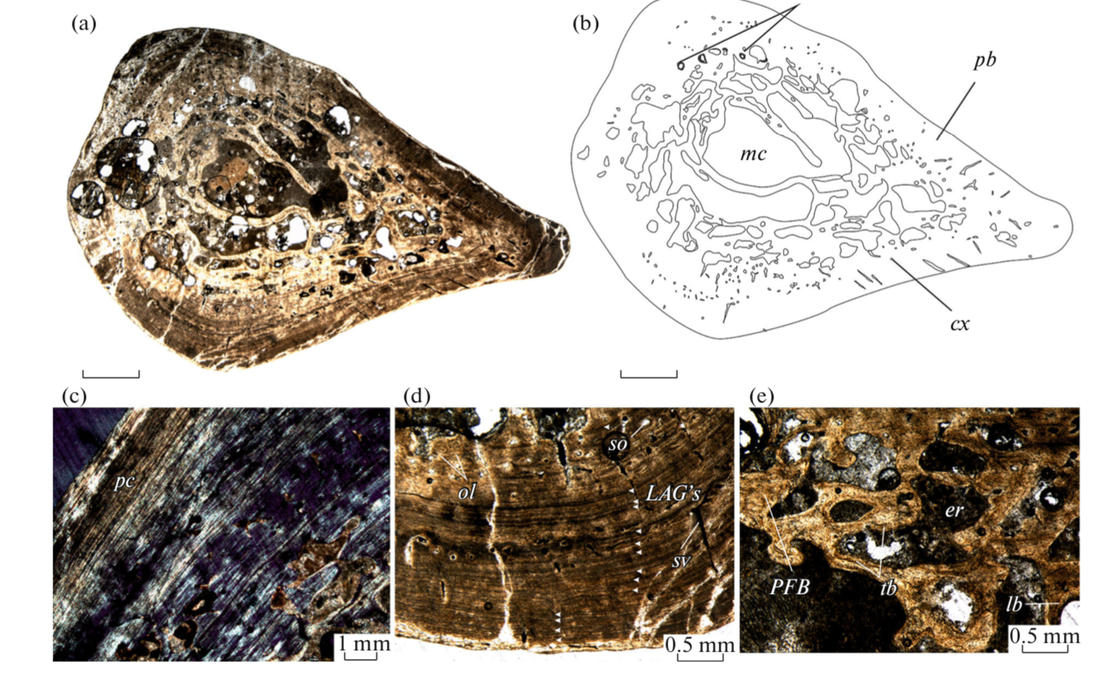
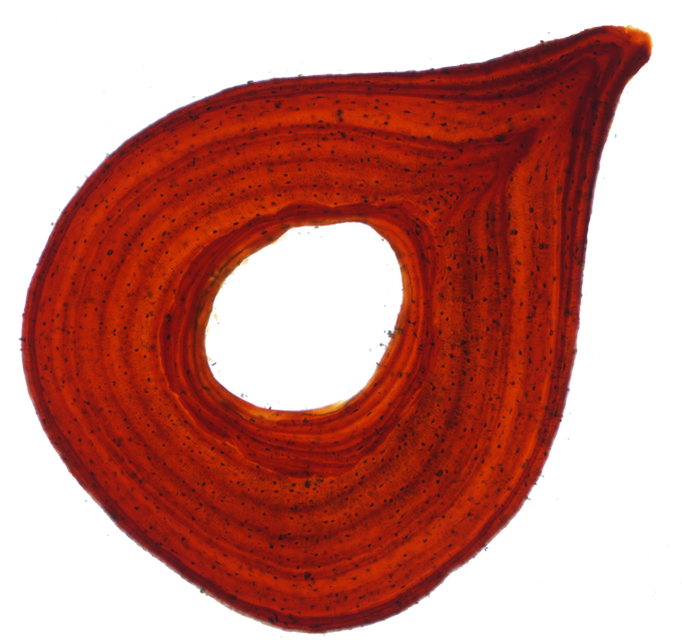
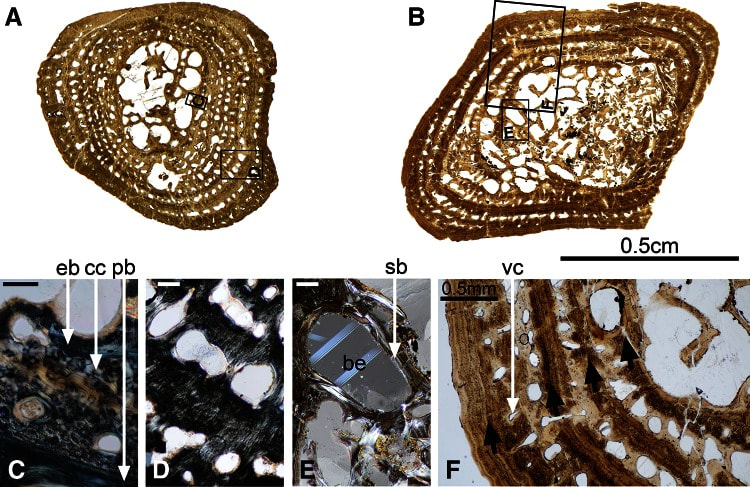
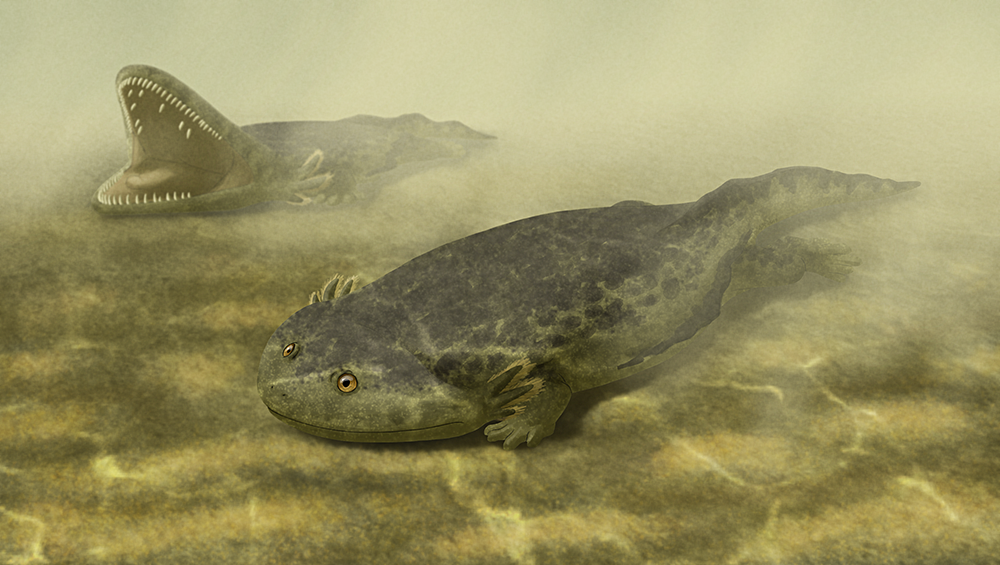
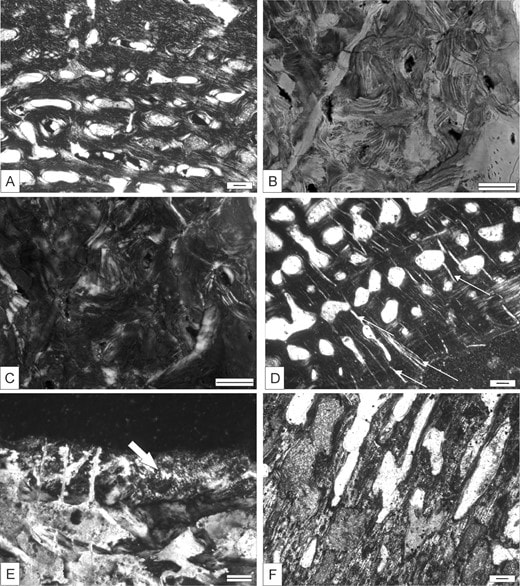
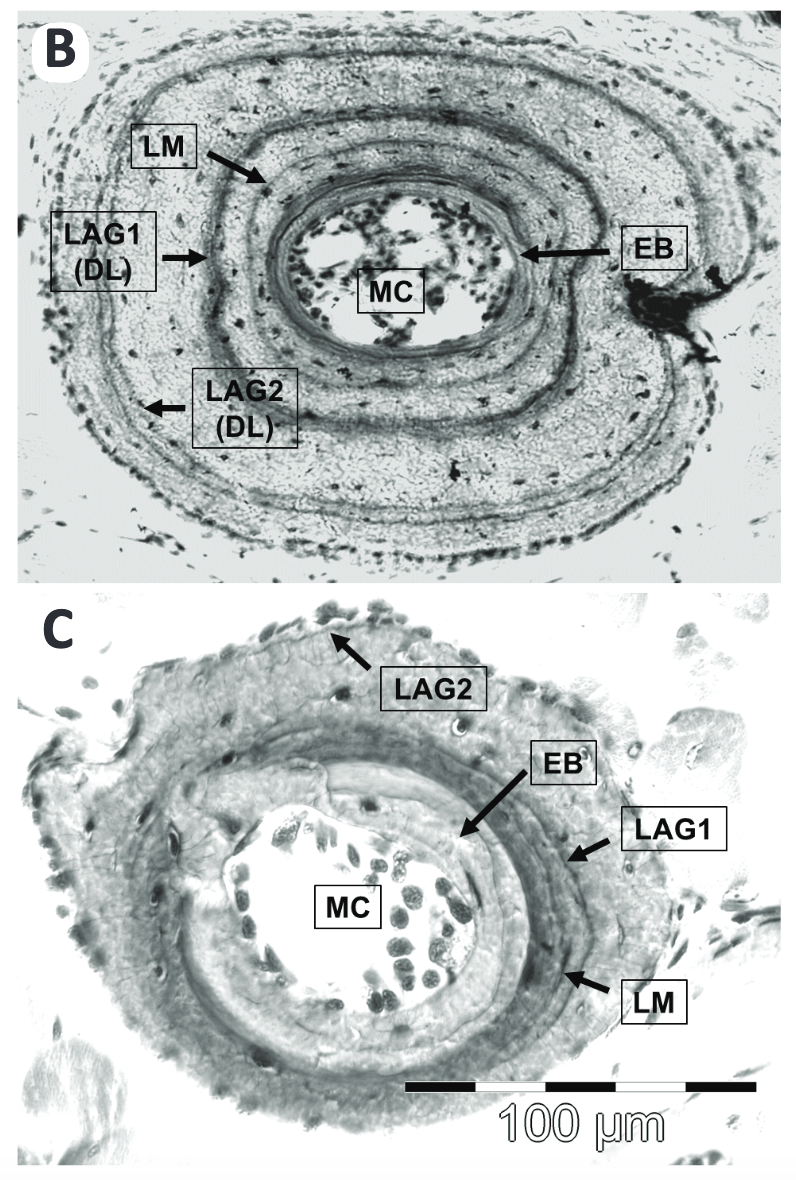
 RSS Feed
RSS Feed
